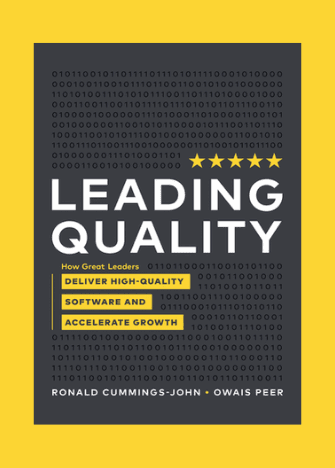In the world of IT, DevOps has become a very popular term. It entails the collaboration and integration of an organization’s development (Dev) and operations (Ops) teams through a set of cultural principles and practices known as DevOps.
Organizations are implementing DevOps practices to improve cooperation between development and operations teams, accelerate software delivery, and enhance overall product quality in the fast-paced world of software development. A critical facet of successful DevOps adoption is the seamless integration of testing into the Continuous Integration/Continuous Deployment (CI/CD) pipeline.
In order for software development teams to build, test, and deploy software quickly, frequently, and effectively, they must use a set of practices and procedures known as CI/CD. Further, let’s see how testing has evolved in the DevOps era.
Integration into the pipeline
Testing was frequently regarded in conventional models as a distinct stage of the software development lifecycle. However, in DevOps, testing is integrated into the pipeline for continuous integration and deployment (CI/CD), allowing for quicker feedback and increased productivity.
Automated Tests
Automated tests can be swiftly and consistently executed with each change in the code thanks to their easy integration into the CI/CD workflow. Companies can automate testing for web or mobile apps using a variety of test automation frameworks, such as Selenium or Appium.
Continuous Testing
Continuous testing stands as a pivotal component of DevOps, ensuring quality throughout the entire software lifecycle. Continuous testing empowers organizations to detect flaws early, ultimately enhancing software quality.
Team Collaboration
Collaboration between the development, operations, and testing teams is emphasized by DevOps. Working closely with developers, operations staff, and other stakeholders is a requirement for testing in the modern era. This collaborative approach ensures that all parties are well-informed about testing and are collectively committed to delivering high-quality software.
Shift-left Testing
A shift-left strategy to testing, or including testers early in the software development process, is encouraged in the DevOps era. By doing this, it is possible to identify potential problems, specify test cases, and offer insightful feedback to enhance overall product quality.
Continuous Monitoring
Feedback and continuous monitoring are essential components of DevOps testing. Organizations employ real-time monitoring systems to gather information on software usage trends, performance, and user feedback.
Tools
Testing demands consistent and dependable environments in the DevOps era. Infrastructure provisioning and configuration management tools, such as Docker and Kubernetes, simplify the creation and maintenance of robust test environments.
Conclusion
In the DevOps era, testing has evolved to become more collaborative, automated, continuous, and integrated into the CI/CD pipeline. Organizations are using test automation, continuous testing, and shift-left testing techniques to achieve faster feedback, stronger teamwork, and deliver higher-quality software.
The adaptations enable organizations to offer higher-quality products, cut down on time to market, and improve customer happiness in the fast-paced and cutthroat software industry.
Happy testing!
About the tester
Thamseel has been part of Tester Work for more than 3 years and shares his software tester expertise in this article.
This article is the sole responsibility of the author. By submitting their work to our blog, authors affirm that the content is original and does not violate any copyrights or intellectual property rights of third parties.







